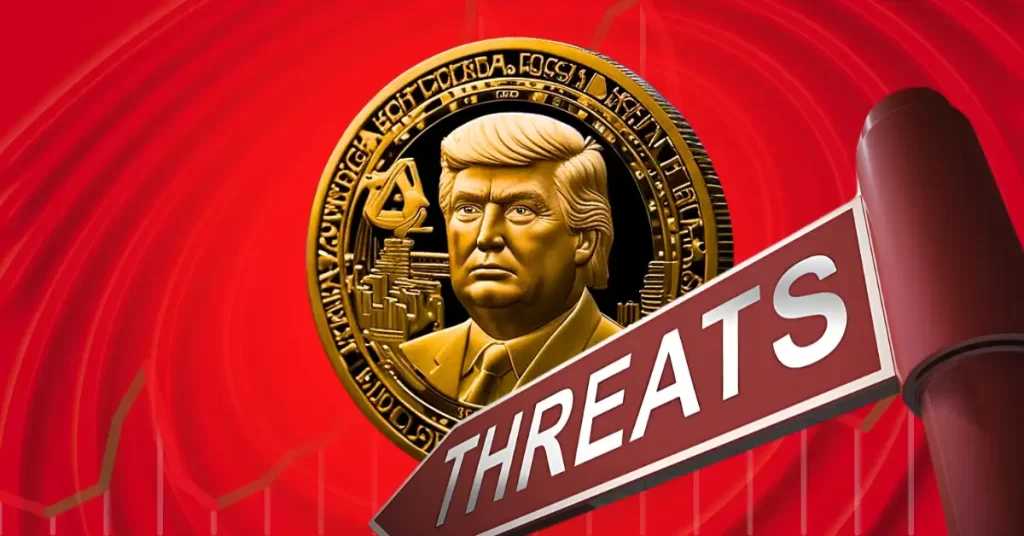
The post SUI Price Breaking Out, May Reach $4 – Will SEI Price Follow the Trend? appeared first on Coinpedia Fintech News
As the Bitcoin price marches beyond $96,000, Ethereum and all the other altcoins have also begun to rise. The Solana price has reclaimed levels above $150, which has triggered the SUI & SEI price rally. Both the popular tokens that have been maintaining a strong ascending trend may soon trigger a breakout and reach a new ATH.
SUI Price Prediction—Will it Reach $10 in 2025?
SUI price is breaking out from a range-bound consolidation that it held for over a week following a 60% upswing. Despite the rise, the prices did not enter a correction phase, which indicates a strong presence of bulls who have now begun to utilize their accumulated strength. Therefore, the SUI price is not believed to maintain a healthy upswing and eventually begin a fresh bullish trend.
The daily chart of SUI suggests the price is breaking out from a bull flag pattern that may further help the price to reach the local resistance close to $4. Meanwhile, the MACD shows a drop in buying pressure, which may also lead to a bearish crossover. However, the 50-day MA has triggered a bullish reversal, which hints towards a potential Golden Cross in the coming days. Therefore, the SUI price is believed to maintain a healthy ascending trend and mark a new ATH somewhere around $7.
SEI Price Prediction 2025—Can Bulls Make it to $1?
SEI price has initiated a strong rebound from the bottom below $0.14. The price is trying hard to maintain a constant higher high and lower low as the strength of the bulls continues to grow. However, the price has surged above a bearish pattern, which suggests the fresh upswing could be nearby, which may elevate the levels close to $0.5.
As seen in the above chart, the SEI price has surged above the bearish Gaussian Channel, and hence, the channel is believed to turn bullish anytime from now. Besides, the CMF that was jammed around the average range at 0 has risen significantly, hinting towards an increase in the money flow. Therefore, the SEI price is expected to maintain a decent ascending trend and test the upper targets at $0.32, $0.40, and $0.44. After securing all the ranges, the token could enter the crucial resistance zone between $0.48 and $0.5 and a rise may trigger a bull run to a new ATH.






